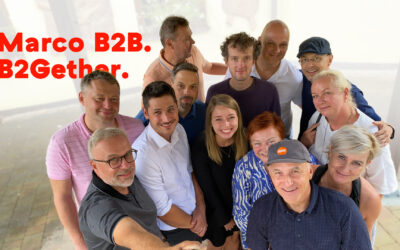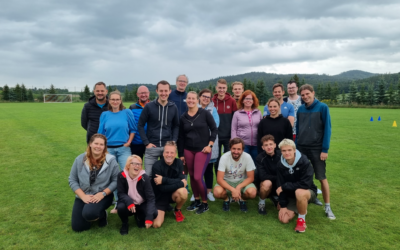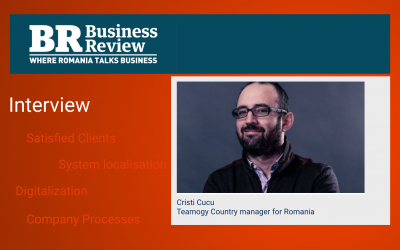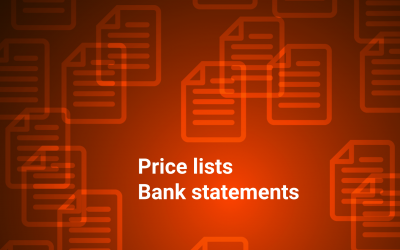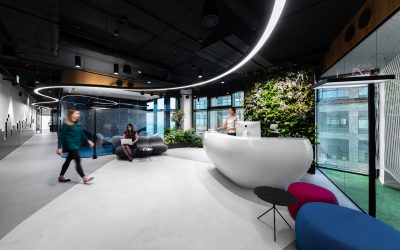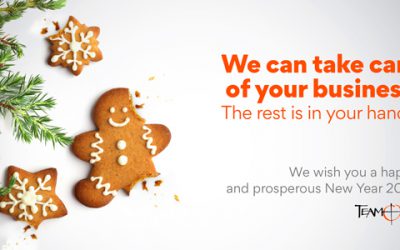What does the client really want from you when he asks for “credentials”?
Credentials are a type of company CV and introduction of the agency. Ideally, it should produce positive rational behavior and emotions from the clients.
In other words, the information in the credentials should clearly show to the client that your agency is the best one to meet their needs. However, like in life when we get into a relationship, a rational decision alone is not enough. We have to also fall in love. This emotional aspect is the opportunity to show the agency’s creativity and innovative ideas as well as to allow the customer to take a deep look inside the company to see your team and what makes your agency unique and interesting.
So here are 10 basic parts of credentials.
You are only limited by your own creativity when developing your agency’s credentials. However, sometimes, a client also has clear ideas regarding credentials. The following points are also inspired by these client requirements.
1. Basic information about the agency
- Name and address of the agency
- Year of establishment, ID number, ownership structure… and possibly other facts required by the client
2. Financial data about the agency
- Turnover of the company in x years (usually in the last 3 years) – You can add some justifying comment
- The company’s profit for x years (usually for the last 3 years) – You can also add some justifying comment
Tips in Teamogy:
Financial data can be processed and saved as a document for a presentation. You can limit access rights to it if you wish, only allowing a few select team members with editing rights to the document and well as set the document to Read Only. A great benefit to remember is that while using Teamogy, you will always find needed financial information easily from various angles directly in the system. Team members must have access rights for the given views in order to access this data.
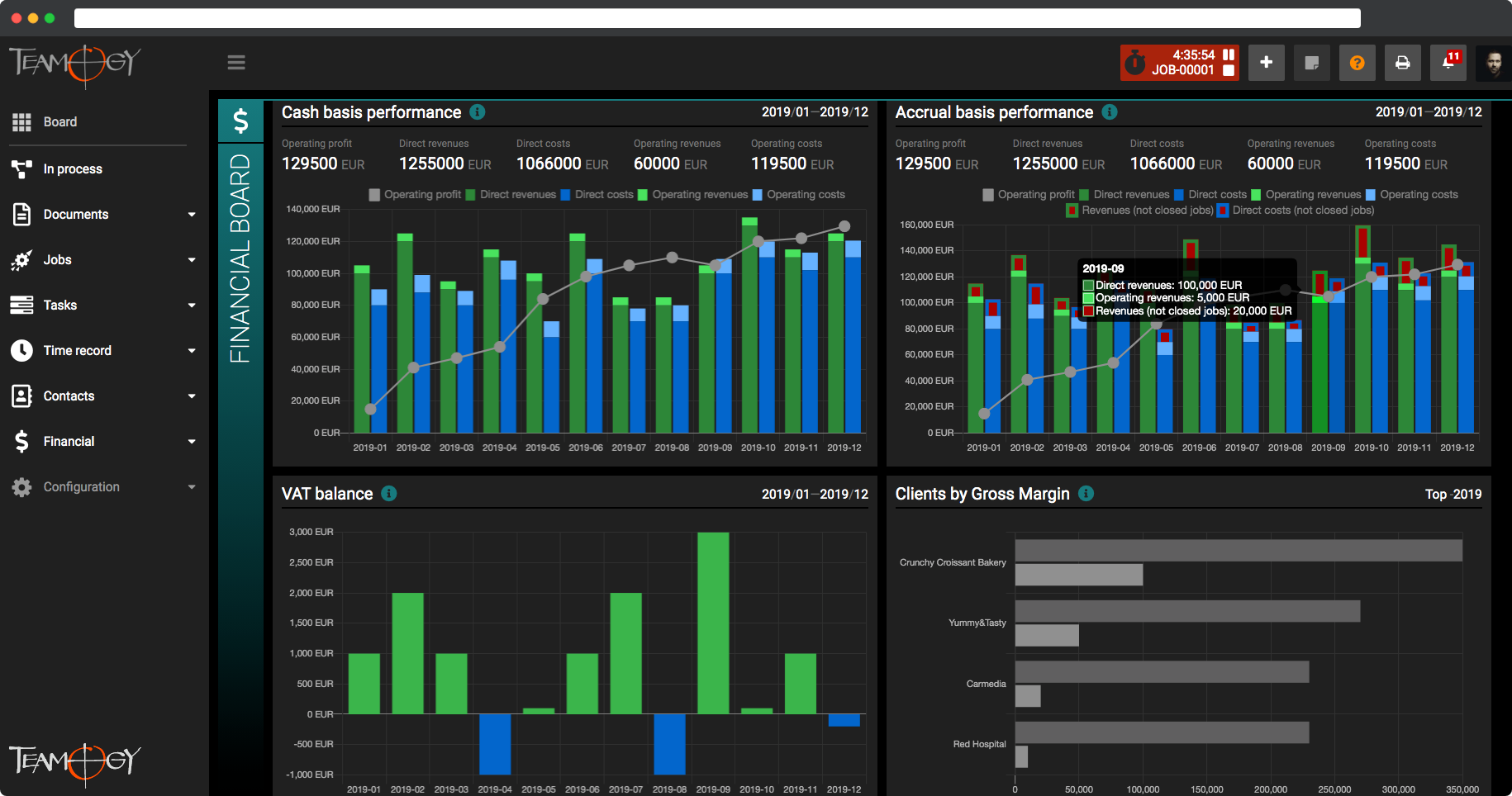
3. Organizational structure of the agency:
- Organizational scheme
- Indication of the teams that will be in contact with the client
4. Personnel information
- Introduction of key team members
- Introduction of team members that will be in contact with the client
- For example, it may include:
- The position of the team member in the agency and the role towards the client
- Education and relevant professional training
- Number of years of experience in the practice
- Relevant practice – You can write examples of work with clients with similar issues or from the same category (e.g., “What am I looking forward to the most?”)
Tips in Teamogy:
You can also have all of the team members created in the “Contacts” section. Within the person’s business profile, it is possible to attach a CV profile which is prepared uniformly for all of the team members in the same structure. Depending on which team is presented to the client, only the CV profiles of the potential team will be created.

5. Agency awards
- Results, awards, and “trophies” of the agency from various competitions or entities
6. Mission of the Agency
- What makes the company superior – what benefits the agency brings to the client.
7. Services of the Agency
- An overview of the services provided by the agency
- How the agency works, what tools the agency utilizes for professional work (system for the daily operations of the agency, monitoring of deadlines, costs, etc.), and how they are beneficial in cooperation. Here, Teamogy can be a truly competitive advantage.
- Personal guarantees of individual services – heads of departments and their visions
8. Examples of works
- Case studies – examples of fulfillment
- The required goals of the client, initial situation and client assignment
- Goal strategy/solution proposal
- Examples of realisation
- Evaluation, ROI, efficiency
- Creative realization – examples of interesting creative solutions
9. Client references
- Opinions of selected clients on working with the agency. The simplest way is probably a quote from the client and along with the client’s photo if possible. It can also be a short video interview with selected clients or footage from projects with additional comments.
10. Summary at the end
- The reasons why the client should choose your agency – it is always good to find reasons specific to the potential project (for example, great experience in the client’s category, etc.)
- Competitive advantages (professionally managed agency, orders for the client are fully under control in financial terms, etc.)
Tips in Teamogy:
Point 5. – 10. can exist as individual presentations / documents stored in Teamogy Gems. These documents will be Read-Only with editing rights being only assigned to whom you designate. For case studies, it is advantageous to determine a unifying structure into which case studies will be continuously written. When you need them quickly and have no time to waste, they are quickly available in a unified format.
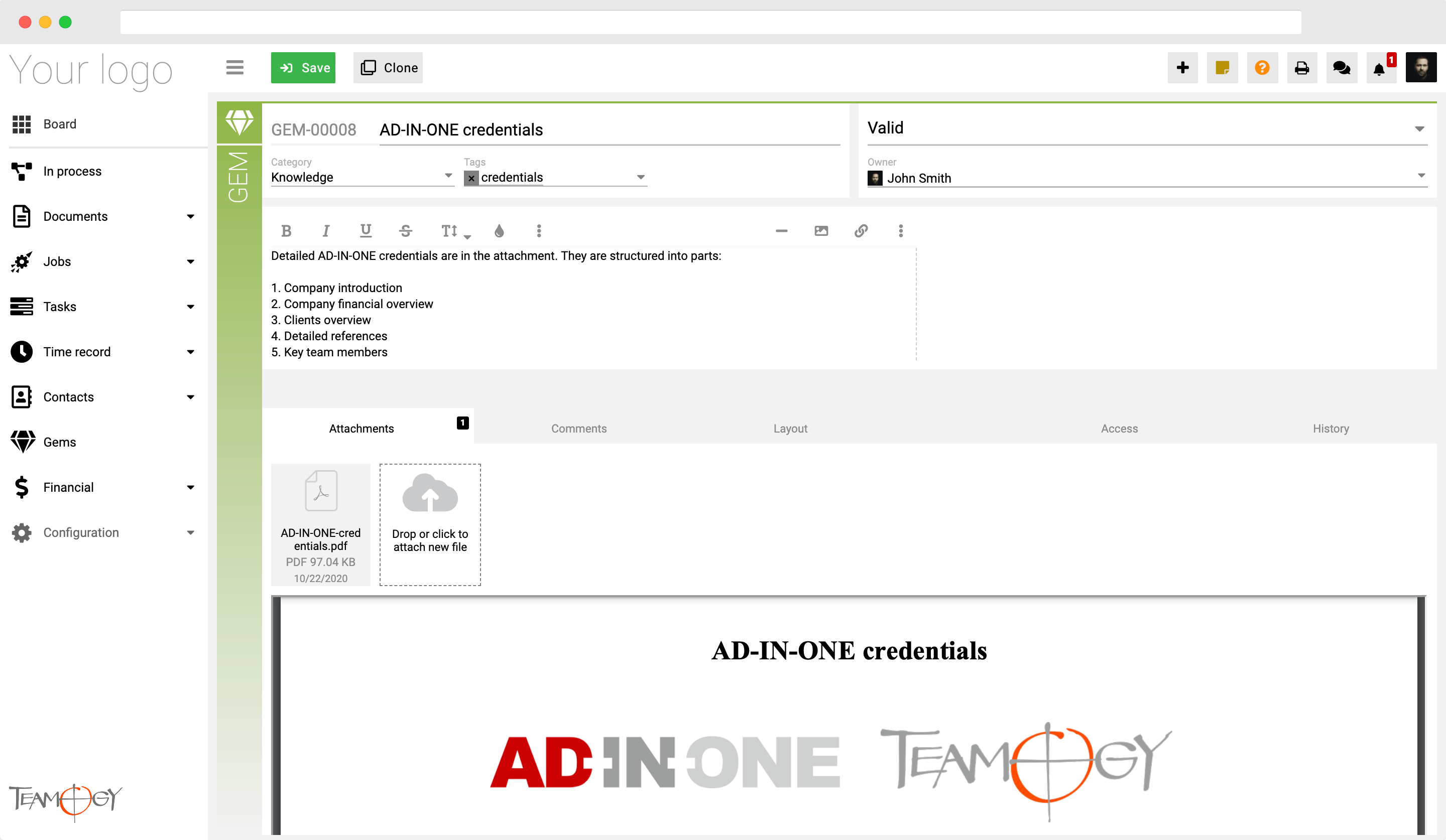
Credentials – think more about the client than about yourself
While credentials are definitely about introducing the agency, they should not solely be self-centered and present only your achievements. They should focus on the benefit to the client – what he can get from working with you, how the cooperation will take place, etc… Credentials should contain information that directly affects and interests the client. We can influence, for example, by selecting relevant case studies or personal references of carefully selected clients with similar needs.
If the application is used correctly, one of the benefits for the agency’s client is that the agency uses Teamogy. This means that the agency works systematically, tasks have clear supervision and deadlines, and everything is “under control.” Communication regarding the Job is efficiently handled, and the client can rest assured that the cooperation with your agency will be a pleasant one. He will be able to rely on the agency that the project will be well managed. There is no place for chaos.
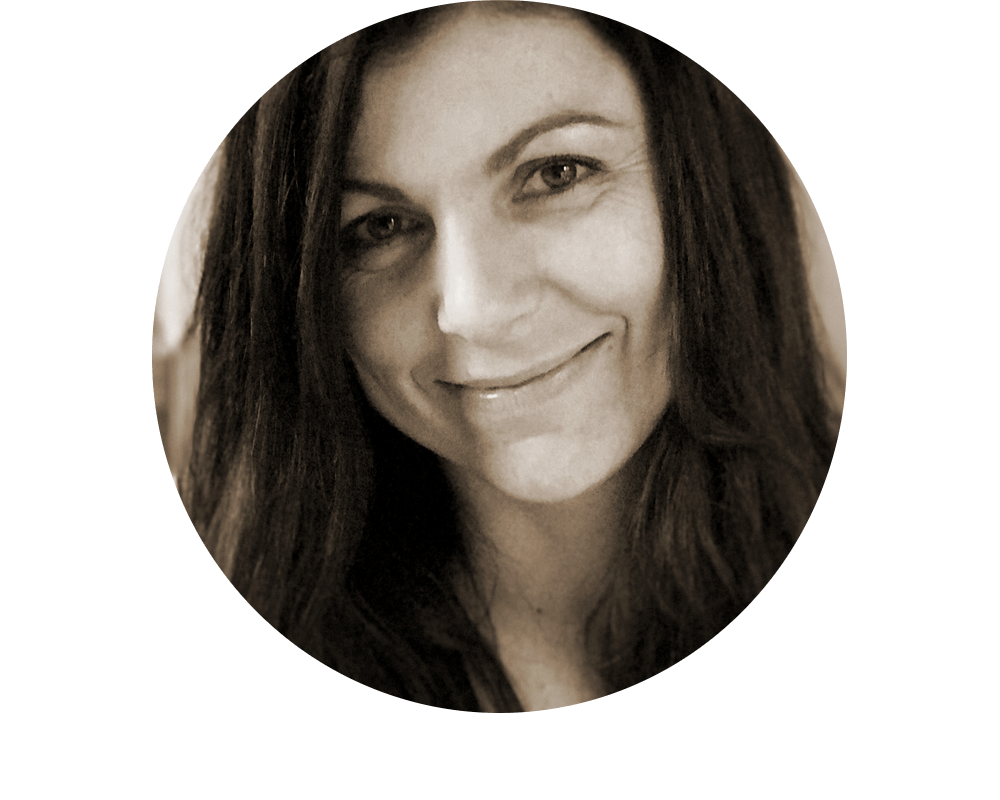
NAĎA ŠOLCOVÁ
Naďa is a member of the management team for AD-IN-ONE Europe. She specializes in coaching and marketing communication. She is a certified coach of ICF and ČAKO and the holder of the Direct Marketer of the Year award bestowed by the ADMEZ Association. She has been involved in marketing for over twenty-five years and coaching for the last seven years. In her free time, she enjoys sailing and is an active fan of modern gymnastics, which she participated in during her youth.
You might be interested in
How to Create a Truly Secure Password
Let’s take a closer look at how to ensure your data remains properly password-protected and cannot be misused to harm your organization.
Marco BBN uses Teamogy daily for a real-time overview of the agency.
This year marks 30 years since the brothers Pavel and Petr Marek founded the Marco BBN agency, a relatively unique agency on the Czech market, as its specializations include, among other things, B2B marketing, which has many specifics.
We talked to one of the agency’s founders and its Managing Director Pavel Marek about marketing know-how for B2B clients, interesting case studies, and how membership in the BBN network or the daily use of the Teamogy system helps the agency. And we looked a bit into the near future.
Long-term cooperation with AETNA agency
Jakub Žirovnický, CEO of the strategic-creative agency AETNA, gave us the interview we were looking forward to.
Jakub talked to Libor about the projects that are the most common and typical for their agency and also about the role of Teamogy in the daily operation of the agency.
Sophisticated Teamogy localization
Teamogy is becoming an essential everyday tool in companies around the world. Why is it successful in getting clients in many countries? And what exactly does tailoring a system to a particular market look like?
A better overview of the company’s finances
The new version Teamogy 3.10 will provide you and your team with even greater financial control through bank statement processing. Additionally, Teamogy will simplify the creation of client budgets with predefined price list items and many other enhancements.
Company’s resolutions for the next year
What about a company’s goals for the new year? The Teamogy system can help you fulfill your company resolutions and goals.
Teamogy makes our lives easier
BLOGMFA Studio ProjectTeamogy makes our lives easierMALGORZATA SZELENBAUM10 MIN READWe spoke with Grzegorz Szymczak, CEO and chief architect at MFA Studio, about the daily work of an architect, which consists not only of design but also of organizational tasks, and...
Interiors with love …and with overview.
The team of architects, planners and interior designers from Premiers interiors have been creating interiors with love for 5 years and have already completed more than 100 projects. We chatted with Patrick Cirbus, COO of Premier Interiors about the projects, working with clients and also what Teamogy has brought to the company on a daily basis.
Protected: PF 2022
There is no excerpt because this is a protected post.
Don’t miss interesting articles and tips
If you want to be among the first, please enter your e-mail. We will always try to send quality and interesting content for you.

